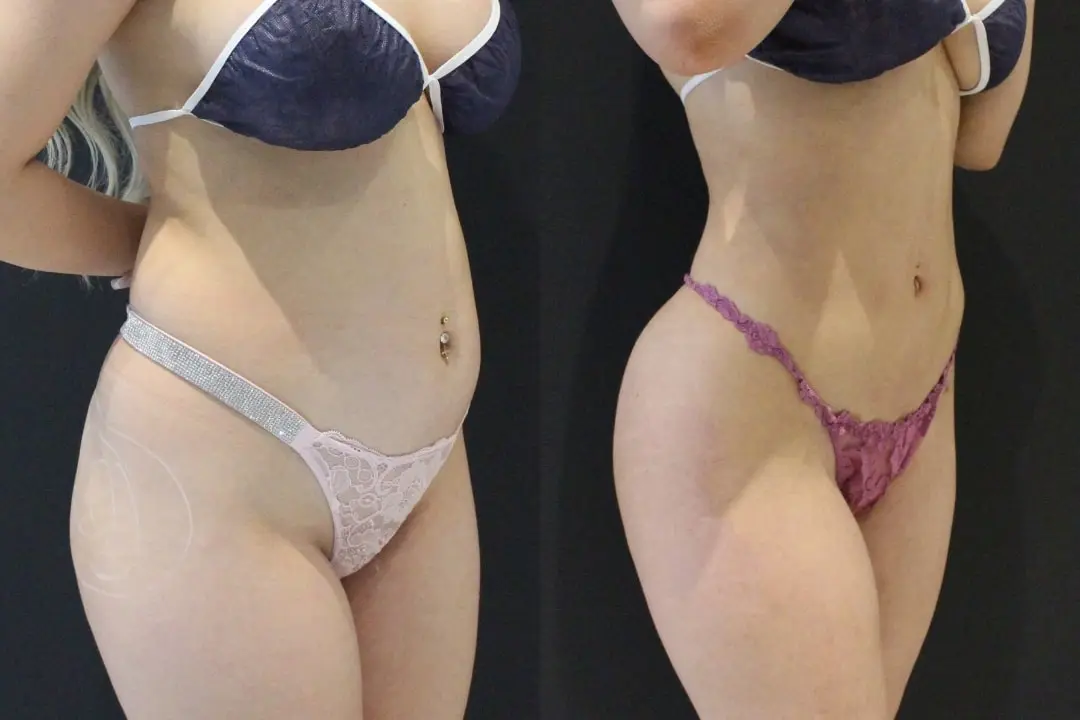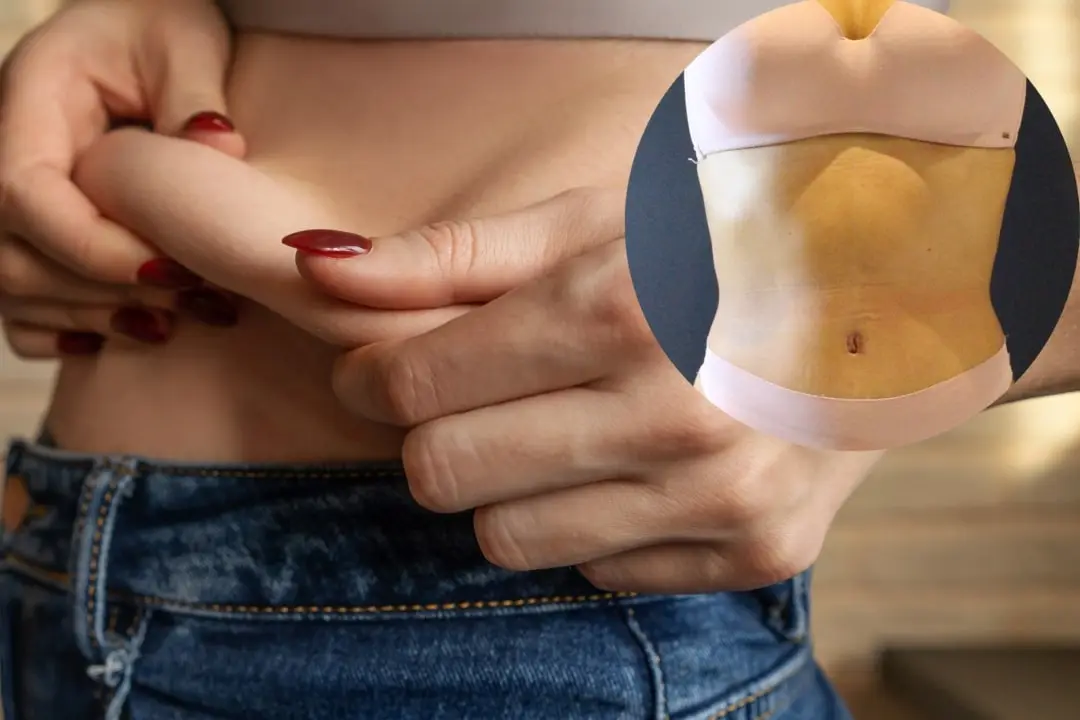Tummy tuck is a cosmetic surgery procedure that is performed to shape the abdominal area, while liposuction is performed to contour your midsection. Both aim for a tighter, flatter abdominal appearance, but they differ in the way they are applied and the recovery process.
Liposuction focuses solely on reducing fat tissue, while tummy tucks both remove excess skin and tighten loose muscles. Therefore, the procedures may have different results in terms of recovery time, risks, and permanence.
It is important to know these differences to determine which method is best for you.
About liposuction and tummy tuck
What is liposuction?
Liposuction is a body contouring procedure applied to reduce regional fat that cannot be removed by exercise and diet. Excess fat in areas such as the abdomen, hips, thighs and arms is removed with a vacuum, providing a more balanced appearance.

This procedure is not a weight loss method. It gives the best results in individuals with tight skin, strong muscles and close to their ideal weight. Unlike tummy tuck operation, it does not remove excess skin, does not remove stretch marks and does not tighten the muscles.
It is usually performed under general anaesthesia and the procedure time is short and the recovery period is a few weeks. Liposuction; Apart from the abdomen, it can be applied to many areas such as hips, arms and back.
What is tummy tuck?
A tummy tuck is a surgical procedure in which excess skin and fat in the abdominal area are removed and loosened muscles are tightened. It is especially preferred for sagging that occurs after pregnancy or major weight loss. It improves the aesthetic appearance but is not a weight loss method.

There are two types, full and mini, and both are performed under general anesthesia. Edema and bruising are normal after the procedure; the recovery process takes a few weeks, and the final results are observed within a few months.
It is a permanent and effective solution for individuals who want to reshape their body lines and are close to their ideal weight.
Tummy tuck or liposuction? Which one is right for you?
Liposuction is preferred for regional fat that does not go away despite diet and exercise. Excess fat in areas such as the hips, abdomen and thighs is removed. However, this procedure is not a weight loss method; it is effective for people close to their ideal weight.
Tummy tuck (abdominoplasty) is aimed at correcting sagging skin and loosened abdominal muscles. It is preferred for people after pregnancy or who have lost a lot of weight. At the same time, the abdominal muscles are tightened and the skin is tightened.
Which is right for whom?
- If you only have excess fat: Liposuction
- If there is sagging and muscle laxity: Tummy tuck
Those considering tummy tuck should have a BMI below 30, should have finished planning to have children and should not be in the active weight loss process.
Liposuction and tummy tuck: How is the procedure performed?
Both procedures are performed by plastic surgeons and are performed with surgical intervention. However, the application methods are different.
Liposuction can be performed with local or intravenous sedation. The targeted fat tissue is broken down and vacuumed with a thin cannula placed under the skin. Small incisions are usually sufficient. In some cases, more than one session may be required.
Abdominoplasty is performed under general anesthesia. Loose muscles are repaired, sagging skin is removed and the skin is tightened with an incision made in the abdominal area. It is completed in a single session and usually takes 2-3 hours.
Liposuction and tummy tuck: Recovery process
Tummy tuck and liposuction procedures differ in terms of both application and recovery. Whichever method you choose, it is important to know the healing process in order to create the right expectation.
Recovery after liposuction
Liposuction is usually performed on an outpatient basis and requires a shorter recovery period. Swelling and mild pain may occur after the procedure; these can be controlled with prescription or over-the-counter medications. Your doctor usually recommends a compression garment to support the area and facilitate shaping.
Most patients can return to light daily activities within a few days. However, heavy exercises and intense physical movements should wait for the surgeon's approval.
Recovery after tummy tuck
Since tummy tuck surgery is a more extensive procedure, the recovery period is also longer. It may be necessary to walk with assistance in the first days after the operation. An abdominal corset is used to reduce swelling and support the area. Prescription medications are given for pain management and antibiotic support may be provided against the risk of infection.
In some patients, drainage tubes are temporarily placed and may remain in place for 2-3 days. The initial recovery phase usually lasts 4 to 6 weeks, during which time bending forwards, straining the abdominal muscles and heavy exercise should be avoided.
Liposuction and tummy tuck: What to expect?
A tummy tuck and liposuction are two different cosmetic surgery procedures that aim to improve body contour. While both offer effective and permanent results, a lifestyle and significant weight fluctuations after the procedure can alter these results.
Tummy tuck results
A tummy tuck tightens loose abdominal muscles and removes sagging skin, creating a tighter abdominal appearance. The result is a flatter and more shaped abdominal area, along with a thin, horizontal scar, usually in the lower abdomen. This scar is usually planned to be under the underwear or swimsuit line and fades over time. As the healing process progresses, clothes will fit better and the overall change in appearance will give the person confidence. However, it may take several months for the final results to fully set in.
Liposuction results
Liposuction targets stubborn fat deposits in specific areas. After the fat is removed, a visible improvement is achieved in body contours. Since it is usually applied with small incisions, the scars are minimal and become almost unnoticeable over time.
The results of this procedure may be permanent depending on the person's ability to maintain their weight. However, if there is a significant weight gain after the procedure, fat may re-accumulate in different areas of the body. Fat accumulation in the removed areas usually does not reoccur.
